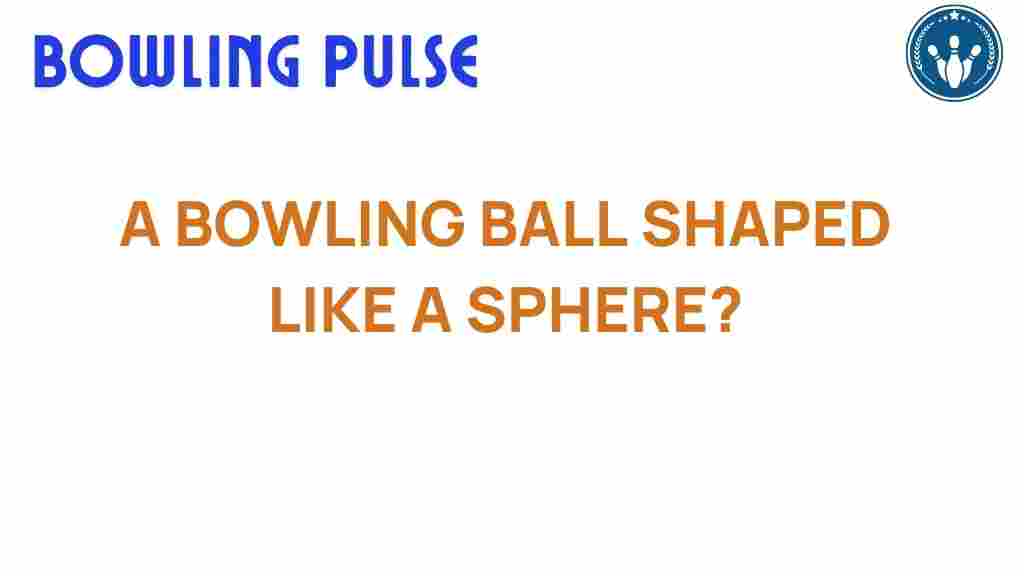Is a Bowling Ball Truly a Perfect Sphere?
When it comes to the world of bowling, one of the most frequently asked questions is whether a bowling ball is indeed a perfect sphere. This inquiry opens a fascinating discussion that encompasses bowling physics, equipment design, and the intricate dynamics of ball dynamics that affect bowling performance. In this article, we will delve into the characteristics of a bowling ball, examine the science behind its design, and explore how these elements influence your game.
Understanding the Bowling Ball Design
A bowling ball is primarily designed to knock down pins with precision and power. To achieve this goal, the design and manufacturing process must consider several critical factors:
- Material: Bowling balls are typically made from plastic, urethane, or reactive resin. Each material affects the ball’s interaction with the lane surface.
- Weight: Standard bowling balls weigh between 6 to 16 pounds, allowing players to choose a weight that best suits their style and strength.
- Core Shape: The core of the bowling ball can vary in shape, affecting how the ball rolls and hooks.
- Coverstock: The outer layer of the ball impacts friction and overall performance, influencing how the ball reacts on different lane conditions.
The Physics of a Bowling Ball
To understand whether a bowling ball is a perfect sphere, we must explore the physics involved. The term “perfect sphere” implies a flawless round shape, which is important for consistent ball dynamics. Here are some key physics principles at play:
- Gravity: A bowling ball’s weight affects its motion. Heavier balls tend to have more momentum, which can help in knocking down pins more effectively.
- Friction: The interaction between the ball’s coverstock and the lane surface determines how much grip the ball has, influencing its trajectory.
- Rotation: The spin of the ball plays a crucial role in how it reacts upon hitting the pins. More rotation can lead to a stronger hook and increased pin action.
Is the Bowling Ball a Perfect Sphere?
While a bowling ball is designed to be as round as possible, it is not a perfect sphere. The subtle imperfections in manufacturing processes, coupled with the core design, create variations in shape. Here are some factors to consider:
- Manufacturing Tolerances: Bowling balls are produced using molds, and while manufacturers strive for precision, slight variations can occur.
- Core Design: As mentioned, the shape of the core significantly affects the ball’s motion and can lead to a non-uniform surface.
- Wear and Tear: Over time, a bowling ball can develop nicks or scratches, further deviating from a perfect sphere.
Bowling Technique and Performance
Your technique will heavily influence how a bowling ball performs, regardless of its spherical perfection. Here are some tips to enhance your bowling performance:
- Grip: Ensure you have a proper grip on the ball. Your fingers should fit snugly without being too tight.
- Stance: Maintain a balanced and stable stance. This is crucial for delivering consistent shots.
- Aim: Focus on your target on the lane. Consistency in aiming can drastically improve your score.
- Follow Through: A strong follow-through can enhance the ball’s rotation and direction.
Common Troubleshooting Tips
If you’re experiencing issues with your bowling game, consider the following troubleshooting tips:
- Inconsistent Shots: Check your grip and stance. Make adjustments as needed to find a comfortable position.
- Lack of Hook: Experiment with different weights and coverstocks. A bowling ball with a reactive cover may provide more hook potential.
- Pins Not Falling: Review your release technique. Ensure you are releasing the ball at the correct angle.
The Role of Sports Engineering
Sports engineering plays a vital role in the evolution of bowling equipment, including the design of bowling balls. Engineers study bowling physics and ball dynamics to create products that enhance players’ skills. Innovations in materials and design have led to:
- Customizable Options: Bowlers can now select balls tailored to their playing style and lane conditions.
- Advanced Testing: Engineers use sophisticated testing methods to analyze the performance of different ball designs.
- Sustainability: New materials are being developed that are both high-performance and environmentally friendly.
Conclusion
In summary, while a bowling ball is designed to approximate a perfect sphere for optimal bowling performance, it is not truly a perfect sphere. Variations in design, material, and wear all contribute to its unique shape and performance characteristics. Understanding the physics and engineering behind bowling balls can significantly enhance your game. By focusing on your technique and using the right equipment, you can maximize your potential in this exciting sport.
For more information on bowling techniques and equipment, check out this comprehensive guide. Whether you’re a beginner or a seasoned pro, the key to success in bowling lies in a combination of proper technique, understanding the equipment, and continuous practice.
Remember, the next time you step onto the lanes, think about the intricate dynamics at play with your bowling ball and how they affect your game. Happy bowling!
This article is in the category Equipment and created by BowlingPulse Team
